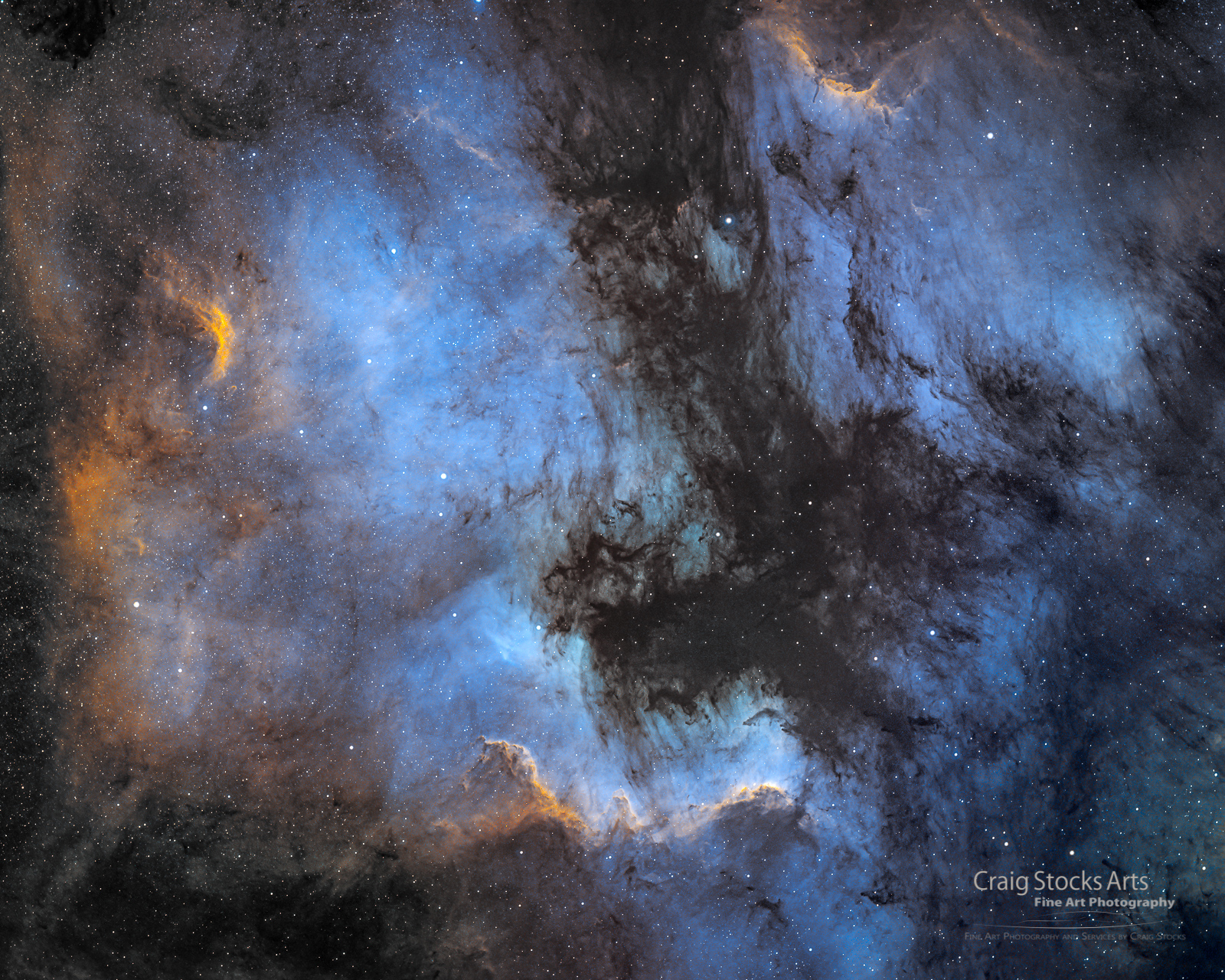When choosing an astrophotography system one of the fundamental choices is whether to use a color camera or monochrome. There are advantages and disadvantages to each. Some targets can be photographed well with either type of camera but others really work best with just one or the other.
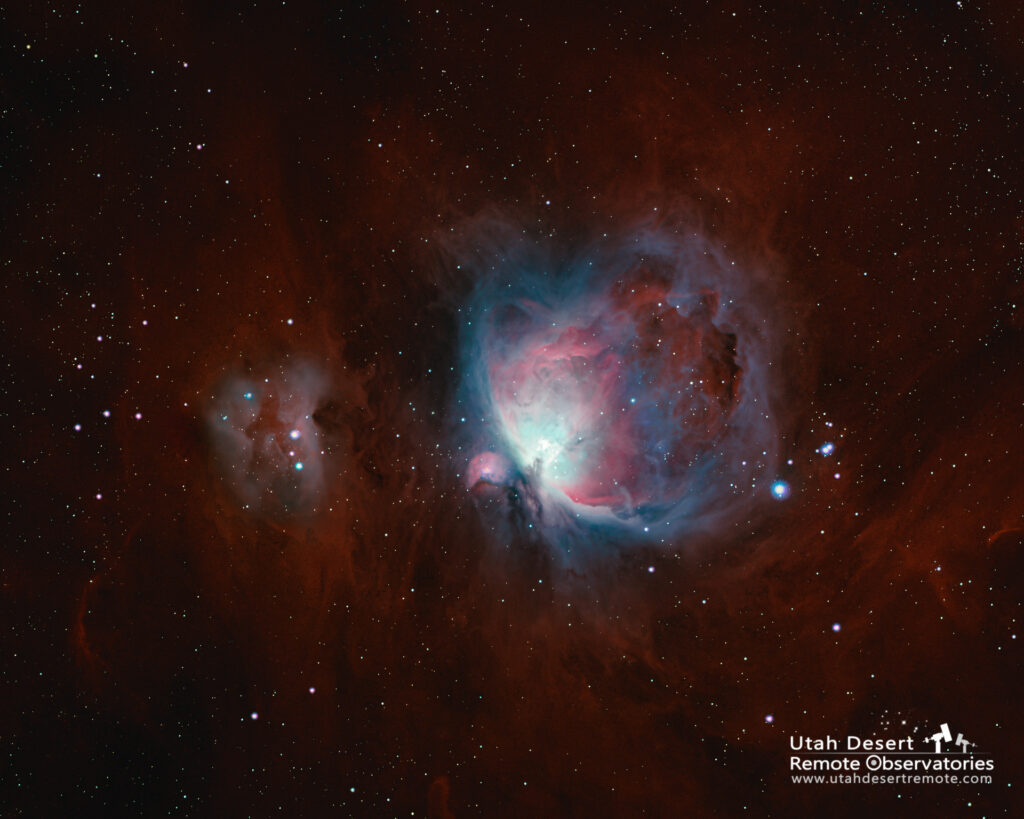
Color cameras (sometimes called one-shot color or OSC cameras) are a good choice for their simplicity. The data you collect is already in color so post processing is much more straightforward. Some targets have a lot of natural color and lend themselves to this approach. Reflection nebulae in particular such as The Pleiades or the Iris Nebula are best done with RGB color because they don’t have much ionized gas which works best with narrowband filters. Planets and galaxies are also good targets for an OSC camera.
However, OSC cameras and DSLRs are much more sensitive to light pollution and moonlight and tend to work best from dark sky locations. You can use filters to minimize the affect but light pollution filters just can’t replace the experience of a true dark sky. A color camera will also have to work much harder to capture ionized gas such as the red glow of hydrogen. You also loose a little bit of light sensitivity and resolution because of the nature of the color filter array covering the sensor.
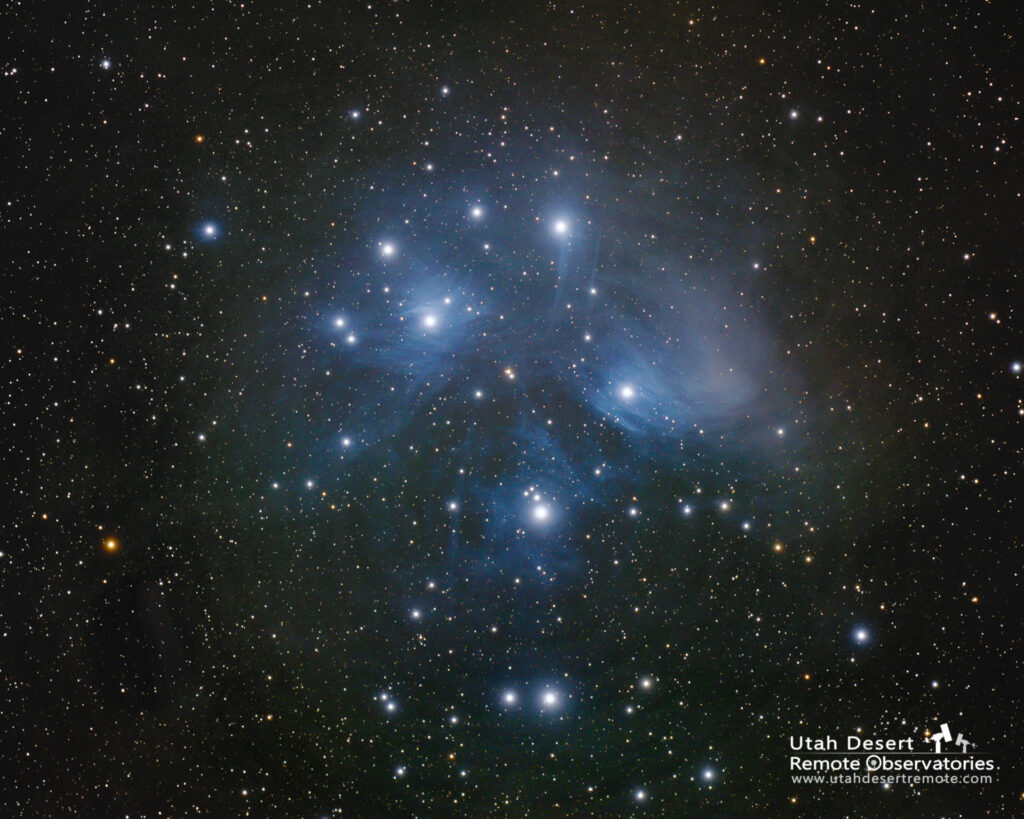
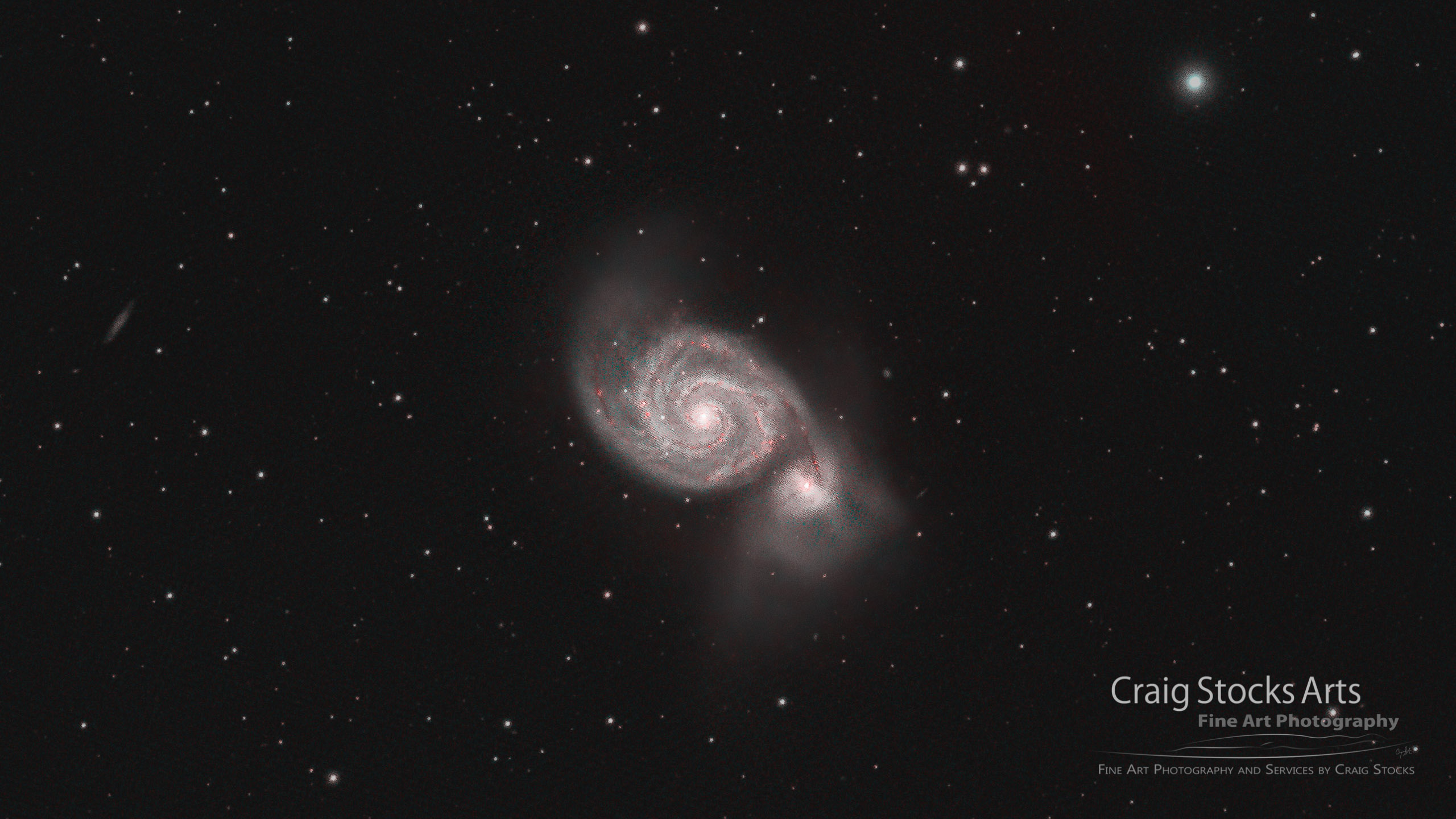
Monochrome cameras really shine when it comes to narrowband imaging. With narrowband imaging you use filters that are specifically designed to only pass a narrow band of visible light, such as a hydrogen-alpha filter that only passes the red glow of ionized hydrogen gas. Other common filters a oxygen – Oiii and sulfer – Sii. An added advantage to narrowband imaging is that much of the light pollution and even moonlight is mostly filters out by the narrowband filter so you can image throughout the month. (Of course, a dark sky is still always better than a light polluted sky.)
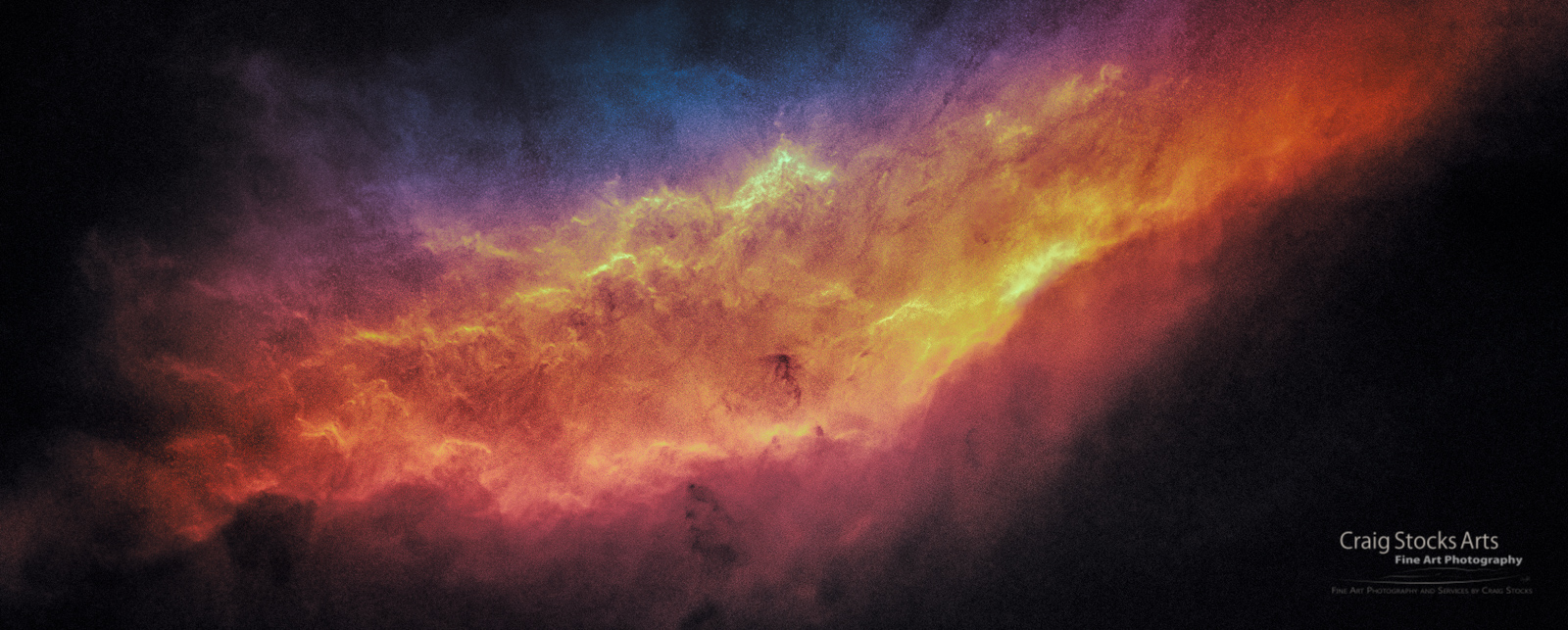
Post processing images from a monochrome camera involve more decisions since you are starting with one or more black and white images. In a typical narrowband session you might capture images using Ha, Oiii and Sii so each one is slightly different. You then choose which of the Red, Green and Blue (RGB) colors to assign to each of the filters. One common color scheme is HOO where hydrogen is assigned to red and oxygen is assigned to green and blue. Another scheme known as the Hubble Palette is SHO where sulfer is assigned to red, hydrogen to green and oxygen to blue. There are of course many variations and some images also include real color RGB and simple luminance data as well.
Another common use of a monochrome astronomy camera is to use red, green and blue filters to capture a true color RGB image. Since every pixel records the full spectrum it yields slightly higher resolution than using an OSC camera but does require more complicated post processing to combine the data and assign the color channels. It also requires more time for the telescope to capture three sets of color data in series where an OSC camera can capture all colors at once. That can be especially important with targets like planets that are rotating as they’re being photographed so it’s best to capture your data as quickly as possible.
